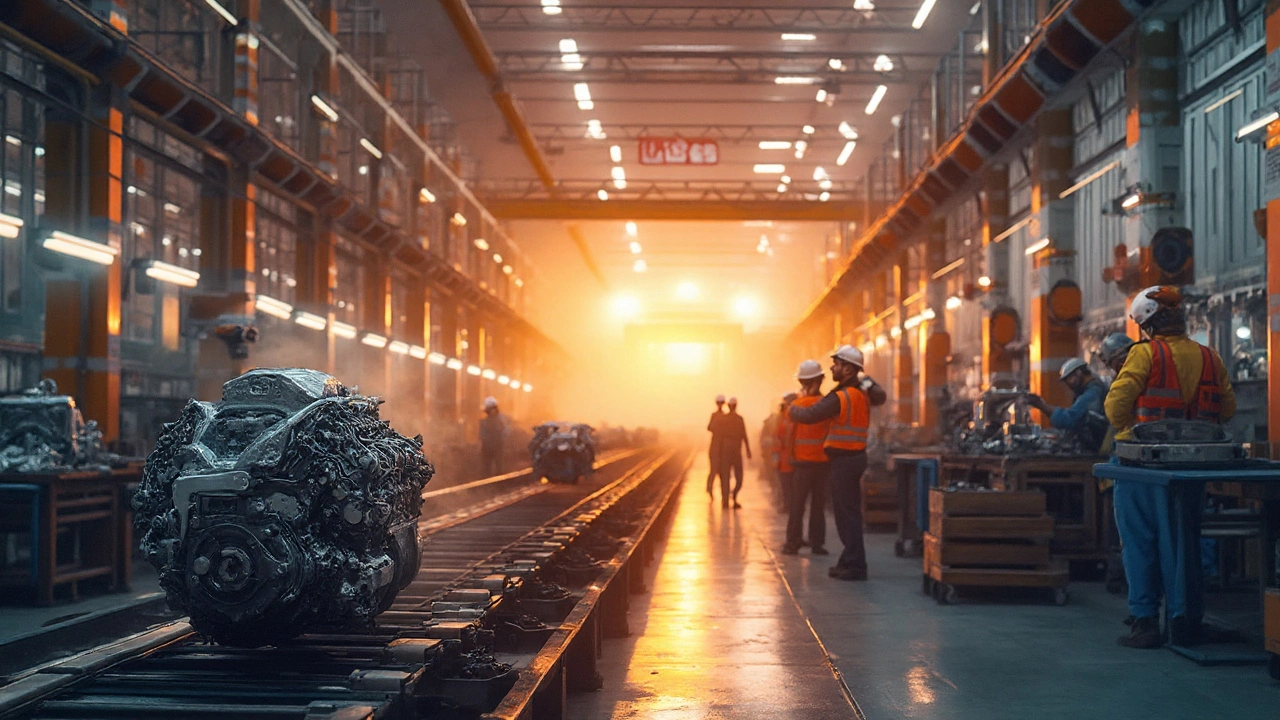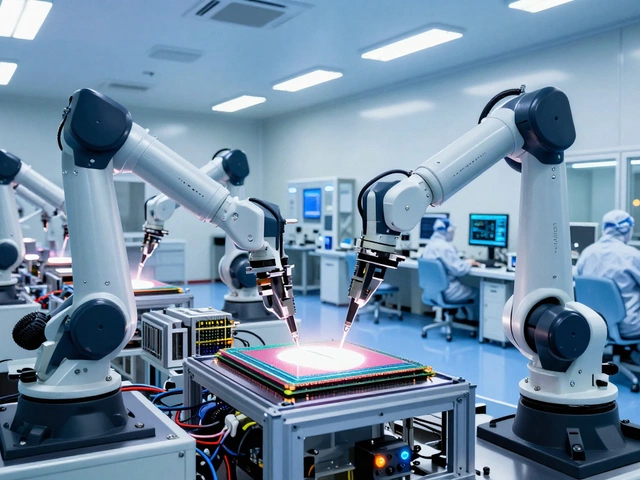Engine Manufacturing India: What’s Happening Right Now?
India’s engine manufacturing scene is buzzing. With more cars, trucks, and two‑wheelers rolling off the line, the demand for reliable, efficient engines has shot up. If you’re thinking about entering this market or just want to understand the landscape, you’re in the right place.
Why Engine Production Is Growing Fast
First off, the country’s vehicle numbers are climbing every year. Domestic sales of passenger cars, commercial trucks, and electric two‑wheelers have all hit record levels. More vehicles mean more engines, and that fuels the need for larger factories, smarter tech, and skilled workers.
Second, the government’s "Make in India" push gives manufacturers tax breaks, easier land access, and fast‑track approvals. This has attracted both global giants and home‑grown firms to set up or expand engine plants across the country.
Key Technologies Shaping the Industry
Modern engine factories are no longer just about big machines. Automation, robotics, and AI‑driven quality checks are now standard. These tools cut waste, improve accuracy, and speed up production cycles. For example, many plants now use predictive maintenance sensors that alert teams before a machine fails, keeping the line running smoothly.
At the same time, the shift toward greener power is influencing engine design. Manufacturers are investing in fuel‑efficient diesel units, hybrid powertrains, and even small‑scale electric motor production. This helps them meet stricter emission norms while staying competitive.
Another trend is the rise of modular engine platforms. Instead of building a brand‑new engine for every model, companies design a core block that can be tweaked for different power outputs. This reduces R&D costs and shortens time to market.
Top Players and Emerging Players
Big names like Tata Motors, Mahindra & Mahindra, and Bosch have deep roots in engine manufacturing. They own massive plants in Gujarat, Tamil Nadu, and Karnataka, producing everything from small two‑stroke engines for scooters to heavy‑duty diesel units for trucks.
On the emerging side, startups are making a splash. Companies focused on electric motor tech are setting up compact factories near major auto hubs. Their agility lets them test new designs quickly, a clear advantage over larger, slower-moving firms.
How to Succeed in Engine Manufacturing India
If you’re planning to start or expand an engine plant, keep these pointers in mind:
- Location matters: Choose a site close to major suppliers and logistics hubs. States like Gujarat, Maharashtra, and Tamil Nadu offer excellent infrastructure.
- Invest in automation: Even a modest level of robotics can boost output and cut defects.
- Focus on skill development: Partner with local technical institutes to train workers on the latest machining and testing methods.
- Stay compliant: Keep up with Bharat Stage (BS‑VI) emission norms and safety regulations to avoid costly fines.
- Explore green options: Adding hybrid or electric engine lines can future‑proof your business as the market shifts.
Lastly, don’t ignore after‑sales service. Engine manufacturers that offer strong warranty support and quick spare‑part delivery earn more trust and repeat orders.
Engine manufacturing in India is at an exciting crossroads. With rising vehicle demand, supportive policies, and cutting‑edge tech, there’s room for both big players and newcomers to grow. Whether you’re a seasoned engineer or a fresh entrepreneur, the opportunities are right in front of you – all you need to do is take the first step.
Who Makes Toyota Engines in India? Inside Toyota Kirloskar Motor’s Engine Plant
Discover who produces Toyota engines in India, the role of Toyota Kirloskar Motor, its joint‑venture structure, engine types, and future outlook.
Read More




